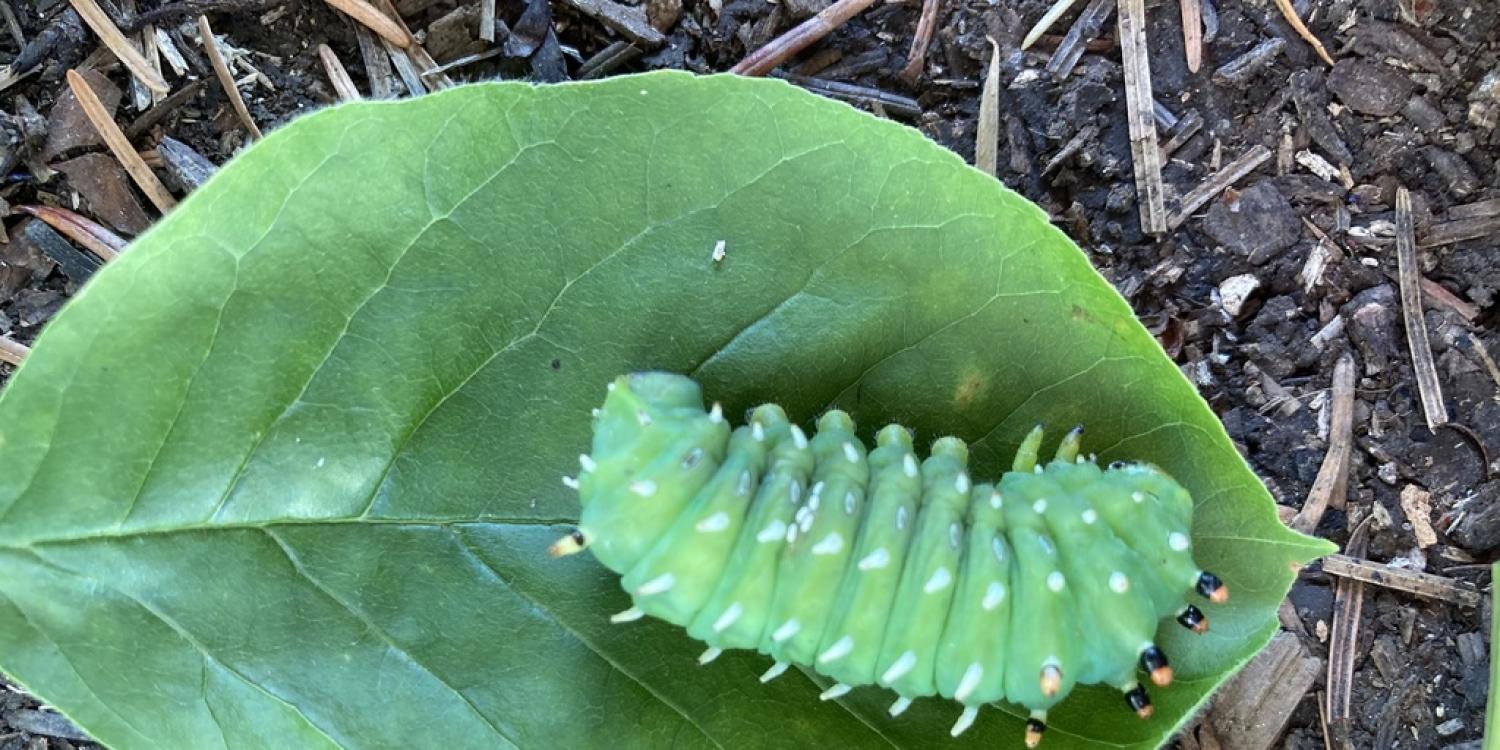
From tiny insects to towering trees, Oregon State University Extension Service Master Gardener volunteers are often called upon to identify the flora and fauna of Oregon. Plant and animal identification is a specialized skill that can take years or decades to develop. Helpful mobile apps are available to aid identification, but they typically require familiarity and competence to navigate.
In response, Gail Langellotto, OSU Extension statewide Master Gardener coordinator and professor of horticulture in the College of Agricultural Sciences, created an online course to teach volunteers how to identify plants and insects using the respected iNaturalist mobile app. She was joined in the project by Erika Szonntag, Master Gardener coordinator in Jackson County based at the Southern Oregon Research and Extension Center.
Langellotto also offered a virtual and hands-on workshop in July 2021 that drew 19 Master Gardeners. The course and the workshop were supplemented with a series of three one-day BioBlitzes, in which gardeners were invited to document as many plants, animals and fungi in a garden during a 24-hour time period. The BioBlitzes occurred in spring, summer and fall 2021.
As a result, 466 people enrolled in the online course and 177 people successfully completed it as of July 2021. At the spring 2021 Garden BioBlitz, 26 volunteers from across the state made 480 observations of 288 different plants, insects and mammals. At the summer BioBlitz, 20 Master Gardeners made 316 observations of 175 unique organisms. And 36 participants made 805 observations of 377 unique organisms at the fall BioBlitz, all from the convenience of their garden.
A corresponding event was created by the Polk County Master Gardeners in conjunction with the fall BioBlitz. Gardeners worked together to document the biodiversity at the Inspiration Demonstration Garden in Dallas. The biodiversity documented across these BioBlitz events will be used to create iNaturalist field guides for Oregon gardens.